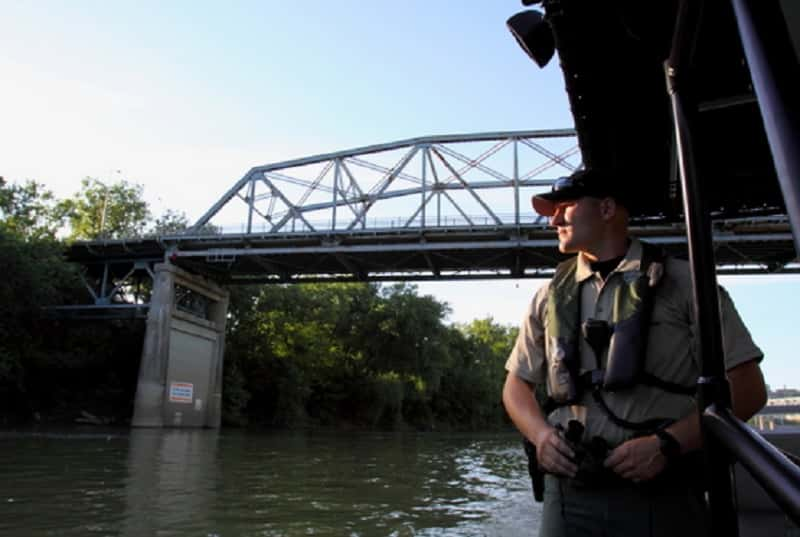
The Kentucky Department of Fish and Wildlife Resources had a long list of proposed fish and wildlife-related regulation amendments go into effect Monday, after having received final legislative approval from the General Assembly.
And many of them impact west Kentucky, and particularly Land Between the Lakes.
In the taking of fish by non-traditional methods:
 There’s now a statewide daily harvest limit of two paddlefish to all non-traditional fishing methods and a daily harvest limit of two shovelnose sturgeon. Anglers are prohibited from harvesting the shovelnose sturgeon from the Mississippi River, and the pallid sturgeon statewide.
There’s now a statewide daily harvest limit of two paddlefish to all non-traditional fishing methods and a daily harvest limit of two shovelnose sturgeon. Anglers are prohibited from harvesting the shovelnose sturgeon from the Mississippi River, and the pallid sturgeon statewide.
Meanwhile, daily harvest limits for invasive carp have been removed.
Anglers statewide must also stop gigging or snagging for the day once they reach their shovelnose sturgeon daily harvest limit.
Snagging is specifically prohibited from any fishing pier or jetty on the Tennessee River from the Kentucky Lake Dam down to the Ohio River;
Gigging and snagging are both prohibited in the Cumberland River below Lake Barkley Dam to the Highway 62 bridge;
And on the Cumberland River below Lake Barkley Dam, the daily harvest limit of eight rough fish and the requirement to keep them have both been removed.
In the feeding of wildlife:
Fish may be fed year-round, but all wildlife cannot be fed from March 1 – July 31.
The only exceptions: public areas not open to legal hunting or trapping (unless prohibited by further ordinance), anything within the curtilage of a residence, in a zoo, or any other lawfully-keeping exhibits of wildlife rehabilitation, rescue or public viewing.
In the permitting of wildlife rehabilitation:
Rehabilitation of deer and elk from Chronic Wasting Disease surveillance zones is prohibited, and there are now added public health protections on the handling of rabies vector species like coyote, gray fox, raccoon, red fox, spotted skunk and striped skunk.
Furthermore, movement of rehabilitation species can be limited to prevent the spread of wildlife diseases, and wildlife rehabilitators must complete training before obtaining a rehabilitation permit.
In the transportation and holding of live native wildlife:
An online permitting system is being developed, and the expansion and clarity of commercial wildlife permits — and their ability to deny or revoke said permits — is part of the plan.
The fee for government agencies doing legitimate wildlife conservation is being waived.
And there’s now a prohibition on the possession of eastern hellbender, eastern spotted skunk, Kirtland’s snake, bobcats, copperbelly water snake, rabies vector species and bats.
In the transportation and holding of live exotic wildlife:
Development is underway for an online permitting system, also expanding the department’s ability to deny or revoke a permit.
There’s also a prohibition of the importation and possession of wild rabbits, hares, pikas and lynx species.
In the hunting of spring wild turkey:
Hunters are now allowed for the harvest of one legal wild turkey per hunter, per wildlife management area during the spring season. Legal includes any male, or a bird with a visible beard.
In hunter education:
Hunters who have successfully completed their education are no longer required to carry a physical card for proof of successful completion, but must have documentation of course completion.
Current and former members of the U.S. Armed Forces and certified peace officers are exempt from the live-fire component of hunter education certification.
And in the hunting trapping seasons, and limits for furbearers:
The timeframe for the night hunting coyotes with lights season has been extended, and is now Dec. 1-March 31 and May 16-June 30 on public and private lands. On private lands only, hunters during this season may now use a modern firearm, including any modern breech-loading rifle, pistol or shotgun without caliber restrictions.
For more regulation details, visit online at fw.ky.gov.




